Table of Contents
Teething time of the puppy
Starting from the second to third week we can observe how the teeth begin to appear from Milk. The first in general are the canines and almost at the same time the incisors will come out. A process that will end around the sixth week of the puppy’s life.
There are 28 milk teeth and soon they will begin to give way to the final teeth. The Dog has 42 definitive teeth, in fact, 10 molars will be added and 4 premolars.
We have reached the sixth week with all milk teeth.
Only two more weeks pass and the first definitive incisors begin to appear. The puppy is about 2 months old and the definitive dentition begins.
This is a fairly long process from now on which will reach the seventh month of the dog’s life, and sometimes even a little longer.
The changes in the puppy’s mouth are considerable and even the closures can vary from week to week. We check the mouths of our puppy’s ponds and find this phenomenon.
Teething signals
That the final teething process has begun we often notice from the puppy’s behaviour. He will insistently bite into any object within his reach. This is his attempt to alleviate the discomfort.
We should not be alarmed. Some bleeding of the gums, a few yelps and episodes of diarrhoea are quite normal.
If the situation is clearly abnormal, you should consult your vet.
Milk teeth that fall out very often are not found. Nothing to worry about if your puppy has swallowed a tooth.
The vet should always check the teeth during the vaccination check-up. This comes back well. The puppy is three months old at the first booster and four months old at the second booster.
Each breed then has its own standard for permitted closures. It is normal for a boxer to have a longer jaw (prognathism) and would be inadmissible for a Labrador.
For information, the Lagotto Romagnolo standard admits three types of closures. Scissor toothing, Pincer toothing (lower and upper incisors touch each other) and Teething with a slight prognatism.
How to help your puppy
Teething is a natural process and there is little we can do. Monitor the situation and provide your puppy with some games that can help alleviate the pain.
A game with the right consistency. Never as hard as skin bones or vegetable bones, for example.
A soft object used for this function, kong for example, helps to prevent other objects from being targeted. Slippers or shoes are a classic and we would like to keep them in case.
In commerce there are specific objects to give to the puppy to relieve the annoyance of the birth of teeth.
We were saying how there are many mutations and movements of the closure in the mouth of dogs during the teething process.
You can rest between the jaw and jaw that change constantly up to seven months but often up to a year.
Hard objects to bite are to be avoided during this period. They can compromise the correct growth of the teeth.
In particular the incisors may move in the wrong direction.

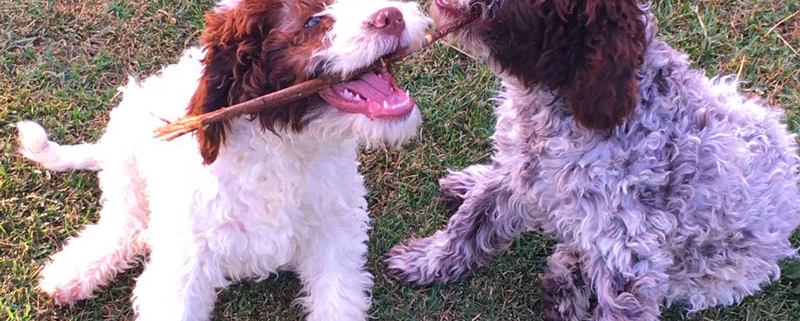
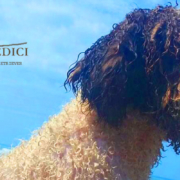
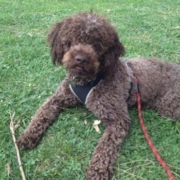
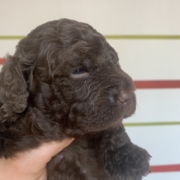
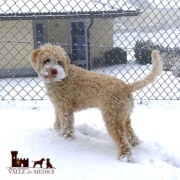
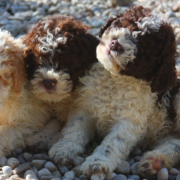
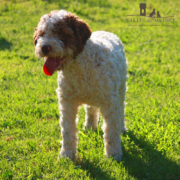


Leave a Reply
Want to join the discussion?Feel free to contribute!